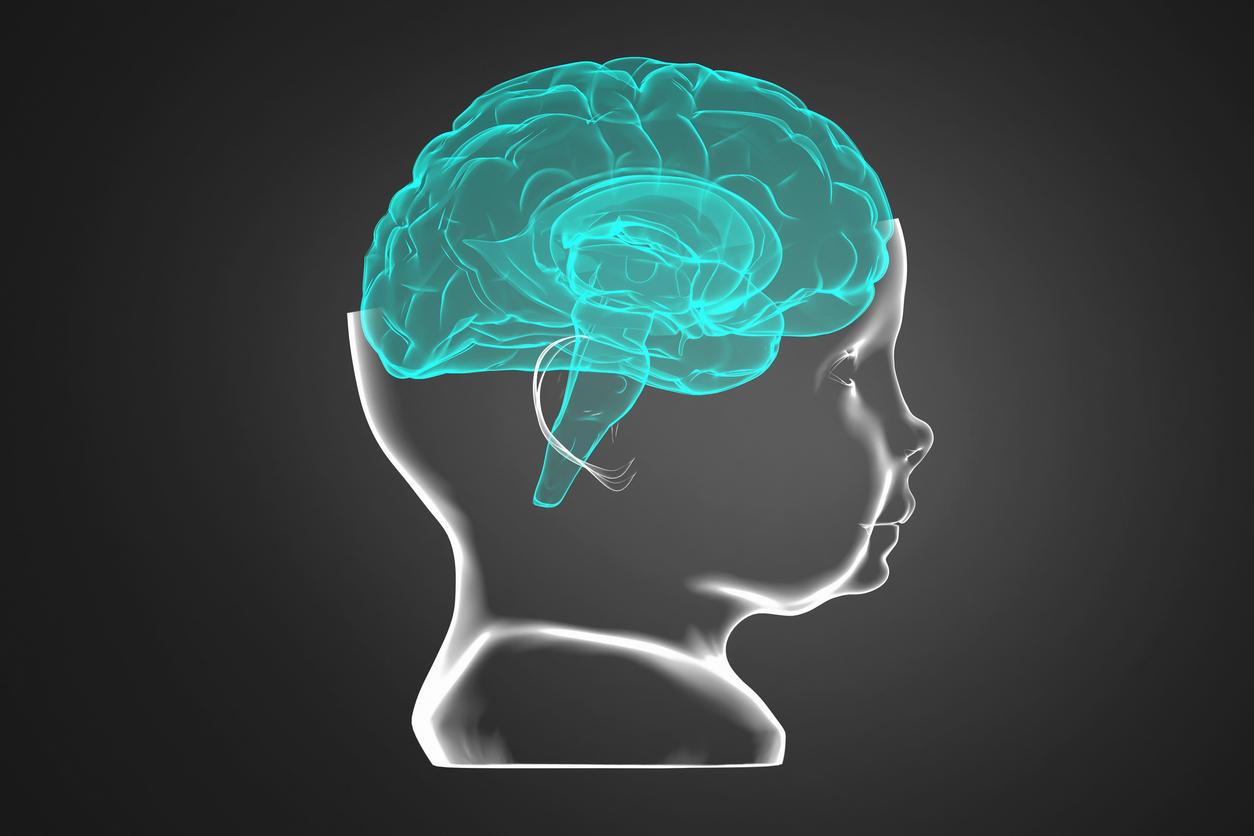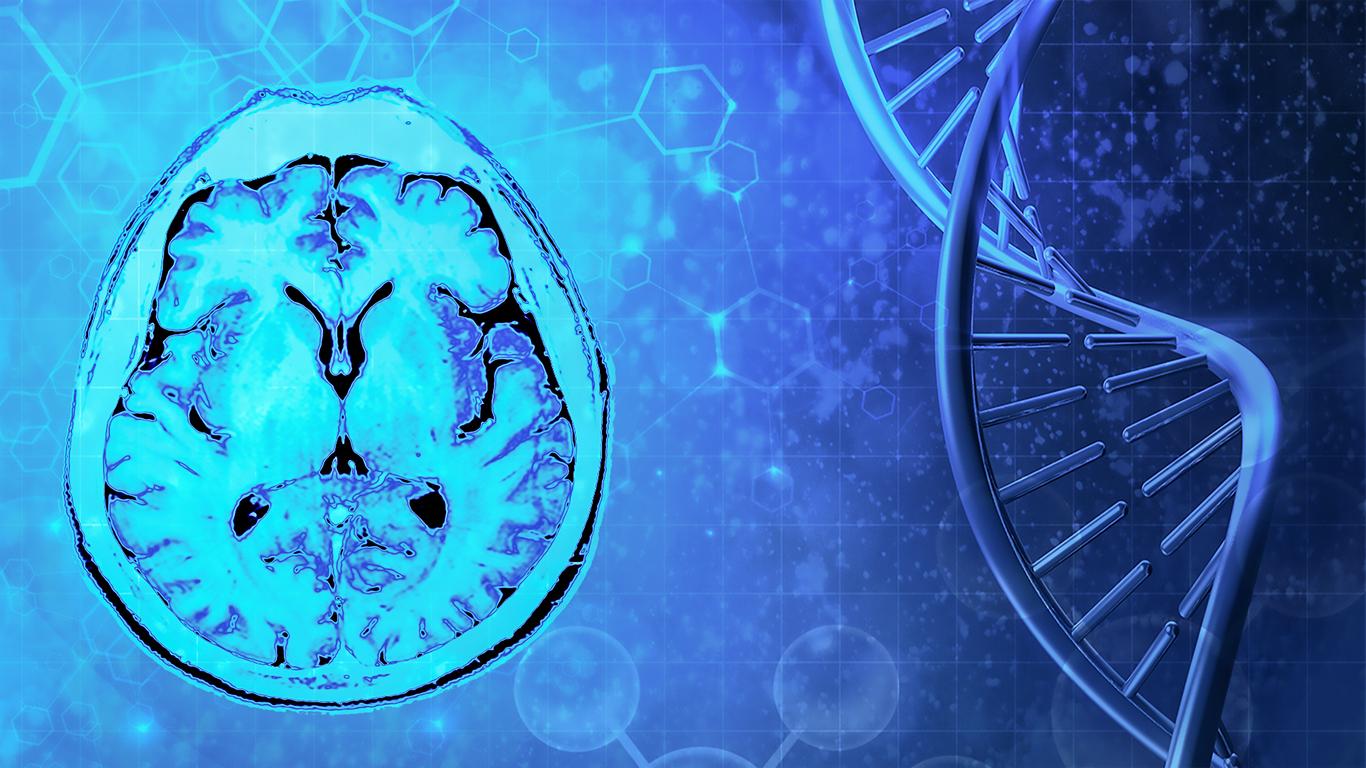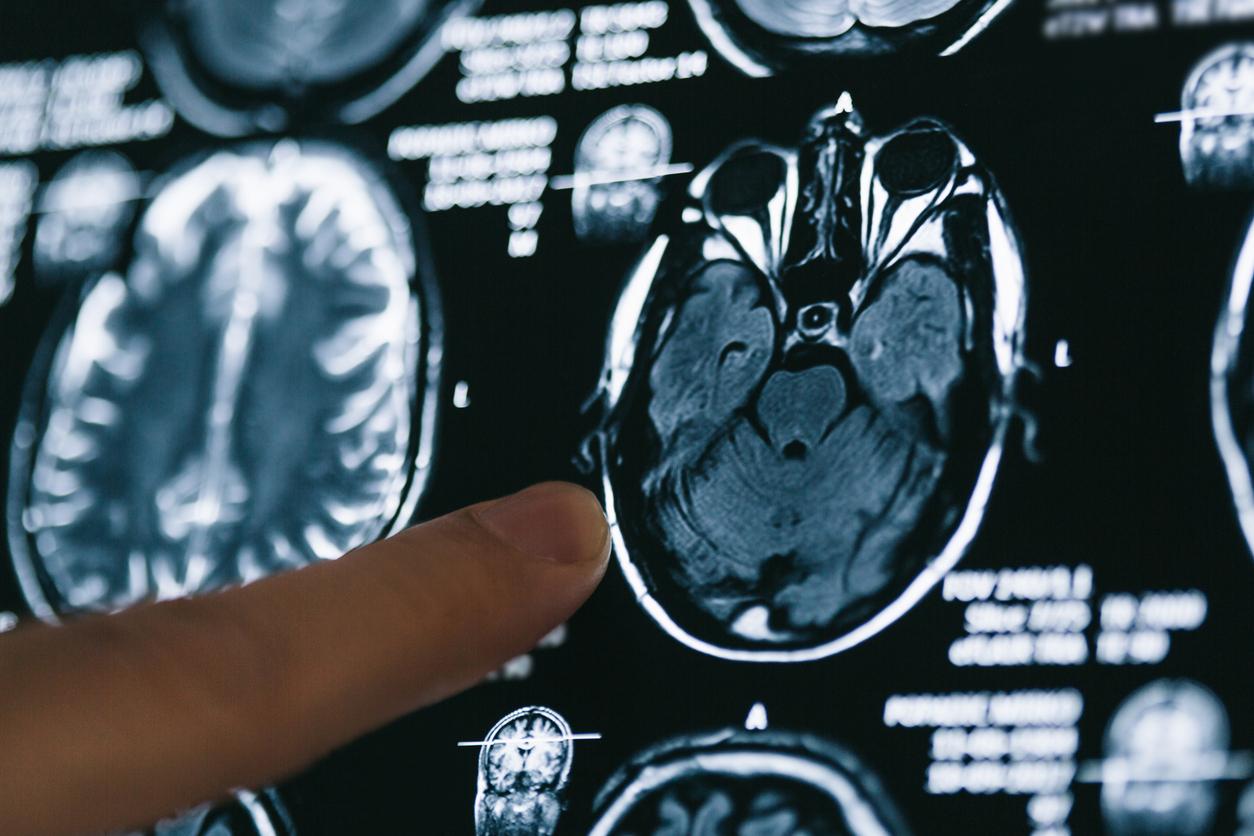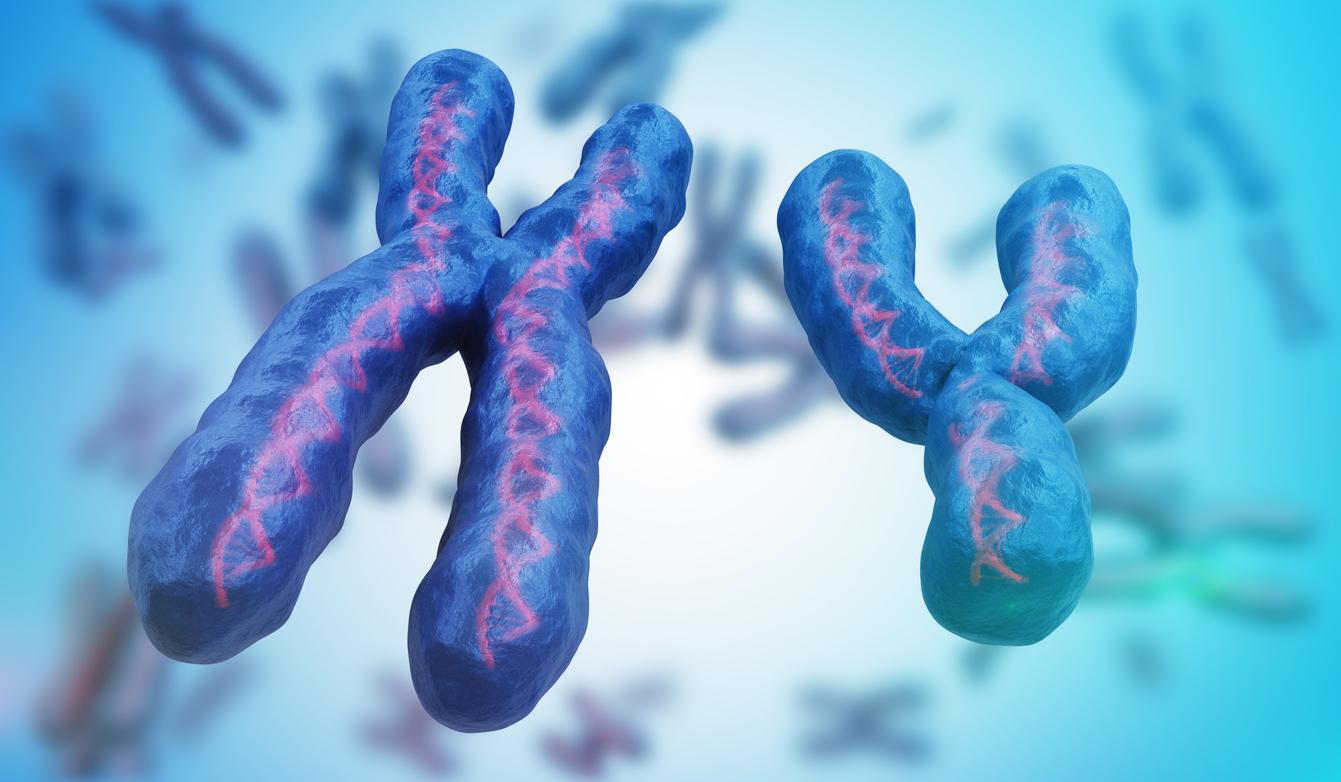In infants, the presence of enlarged perivascular spaces, channels where cerebrospinal fluid flows, in the brain is associated with an increased risk of autism spectrum disorders.

- The presence of enlarged spaces in babies’ brains is associated with an increased risk of autism spectrum disorders.
- These spaces correspond to a disturbed elimination of cerebrospinal fluid.
- Their presence is also associated with sleep disorders later in life.
The first signs of autism spectrum disorder often appear between 18 and 36 months of age. In the brain, they could be present much earlier. Many scientists are interested in the potential brain markers of these disorders. In a study recently published in JAMA, American researchers demonstrate that enlarged spaces in the brains of infants are associated with a higher risk of developing them. These areas of the brain are called perivascular spaces.
Autism: links with sleep and cerebrospinal fluid
“Throughout the day and night, cerebrospinal fluid (CSF) circulates through small fluid-filled channels surrounding blood vessels in the brain, called perivascular spaces, to clear neuroinflammation and other neurological waste.develop scientists from the UNC School of Medicine in the United States. Disruption of this vital process can lead to neurological dysfunction, cognitive decline, or developmental delays.” Every six hours, the brain expels CSF that passes through the perivascular spaces to eliminate potentially harmful neuroinflammatory proteins, such as beta-amyloid. This process is particularly effective at night. Therefore, disrupted sleep can prevent the total elimination of CSF from the perivascular spaces, which will lead to their enlargement. ““Because autism is closely linked to sleep problems, we were in a unique position to examine CSF dynamics and sleep.” explains Dea Garic, co-author of the study.
2.2 times more likely to develop autism spectrum disorders
In their trial, researchers analyzed 870 MRI scans to measure excess CSF volume and enlarged perivascular spaces. These MRI scans were performed on babies while they were sleeping at ages 6, 12 and 24 months. They noticed that excessive CSF volume at 6 months was linked to hypertrophy of perivascular spaces at 24 months. 30% of infants who later developed ASD had their perivascular spaces enlarged by 12 months of age. “By 24 months of age, nearly half of infants diagnosed with autism had enlarged perivascular spaces., add the authors. In total, infants with abnormally enlarged perivascular spaces were 2.2 times more likely to develop ASD, compared to those without. This widening of perivascular spaces in infants is also associated with sleep problems seven to ten years after diagnosis. “Our results were striking, given that neuroradiologists typically consider enlarged perivascular spaces a sign of neurodegeneration in adults, but this study reported it in toddlers, comments Dea Garic. This is an important aspect of brain development during the first years of life that needs to be monitored.”

ASD and developmental disorders: future work on the role of cerebrospinal fluid
Researchers plan to continue their work on the CSF and its circulation to understand its impact in different behavioral disorders. “Collectively, our research has shown that CSF abnormalities during the first year of life could have downstream effects on various outcomes, including later autism diagnosis, sleep problems, neuroinflammation, and possibly other developmental disorders”believes Mark Shen.

















